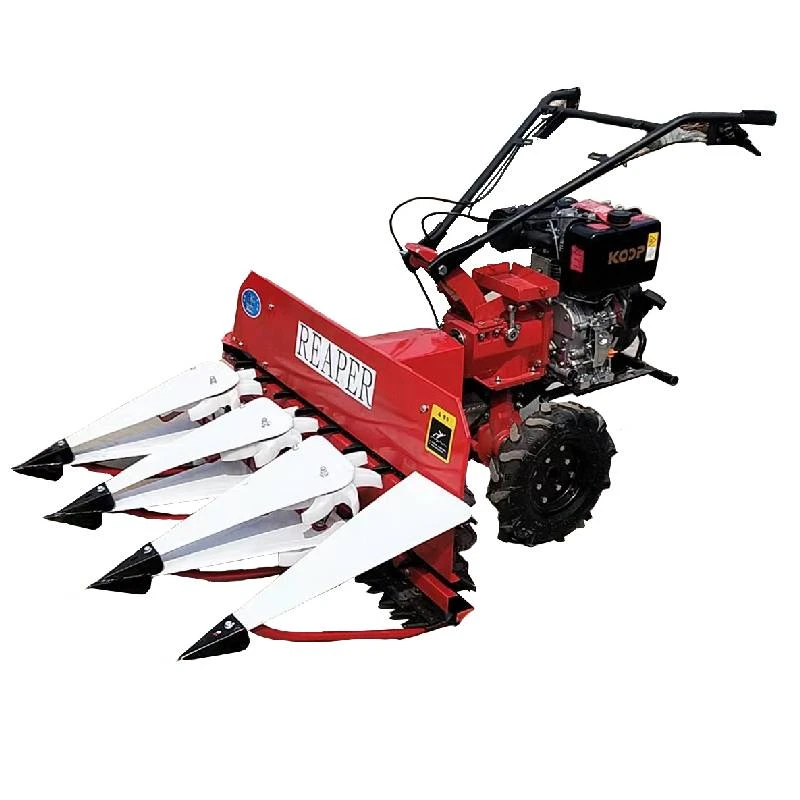Innovative Techniques for Efficient Grain Swathing in Agriculture
Understanding the Grain Swather An Essential Tool in Agriculture
Grain swathers play a pivotal role in modern agriculture, particularly in grain harvesting and management. This specialized piece of equipment is designed to assist farmers in efficiently cutting, laying down, and drying crops before they are further processed or harvested. In this article, we'll delve into the functionality, benefits, and significance of grain swathers in contemporary farming practices.
What is a Grain Swather?
A grain swather, also known as a windrower, is a machine used to cut and lay down crops in neat rows, or windrows, to facilitate the drying process. Typically employed in the harvesting of grains such as wheat, barley, and oats, these machines come equipped with rotating blades or sickles that efficiently sever stalks. The swather collects the cut crop and lays it onto the ground in a well-organized manner, making it easier for subsequent harvesting operations.
How Does It Work?
The operation of a grain swather is relatively straightforward. Farmers attach the swather to a tractor or use self-propelled models that allow for greater maneuverability. As the swather moves across the field, it cuts the crop at a predetermined height, which helps in preserving the quality of the grain while ensuring minimal soil disturbance. The cut crop is then deposited into windrows, where it can begin drying before the final harvesting phase.
The rows are spaced to promote airflow, facilitating even drying under the sun. This process is crucial because well-dried grain reduces the likelihood of spoilage and enhances the overall yield quality during storage. Additionally, swathing can help prevent damage to crops from adverse weather conditions, such as heavy rain or wind.
grain swather

Advantages of Using a Grain Swather
The adoption of grain swathers offers numerous advantages for farmers. Firstly, they significantly improve efficiency during the harvesting process. By swathing crops before full harvesting, farmers can spread out their workload and utilize favorable weather conditions to dry the grain effectively.
Moreover, grain swathers contribute to better quality grain. By allowing crops to dry uniformly, the risk of mold and spoilage is reduced. This leads to higher-quality grain that fetches better prices in the market. Additionally, using a swather can lower harvesting costs; rather than needing to dry harvested crops artificially, swathing naturally preconditions the grain, making the harvest process smoother and more economical.
Environmental Impact
Grain swathers also provide an environmentally friendly option compared to traditional harvesting methods. By facilitating a natural drying process, farmers can minimize the use of energy-intensive drying equipment that relies on fossil fuels. Furthermore, the careful preservation of soil structure and microbial ecosystems is maintained, as less tilling and disturbance are needed when employing swathers.
Conclusion
In conclusion, grain swathers are indispensable tools in the agricultural industry, enabling farmers to enhance their efficiency, produce high-quality grain, and adopt more sustainable practices. As technology continues to evolve, so too will the capabilities of grain swathers, integrating advanced features like precision farming technologies and automation. As farmers adapt to changing agricultural landscapes and climate challenges, the grain swather will undeniably remain a key component of successful crop management strategies. Embracing this innovative equipment not only helps in bolstering productivity but also signifies a step towards a more sustainable future in agriculture.
Latest news
-
Mini Combine Harvester for Soybean | Compact & Efficient Soybean Harvesting SolutionsNewsNov.24,2025
-
Mini Combine Harvester for Paddy – Compact, Efficient Rice Harvesting SolutionsNewsNov.24,2025
-
Mini Chain Harvester: Compact Forestry Solutions for Sustainable LoggingNewsNov.23,2025
-
Kartar Mini Harvester – Compact, Efficient Harvesting Machinery for Small FarmsNewsNov.23,2025
-
Compact Power: Elevate Your Farming with Harvesting Machine SmallNewsNov.22,2025
-
Discover the Power and Potential of Harvester Mini Combine Machines | Efficient Small-Scale HarvestingNewsNov.22,2025








